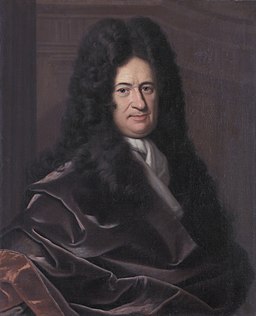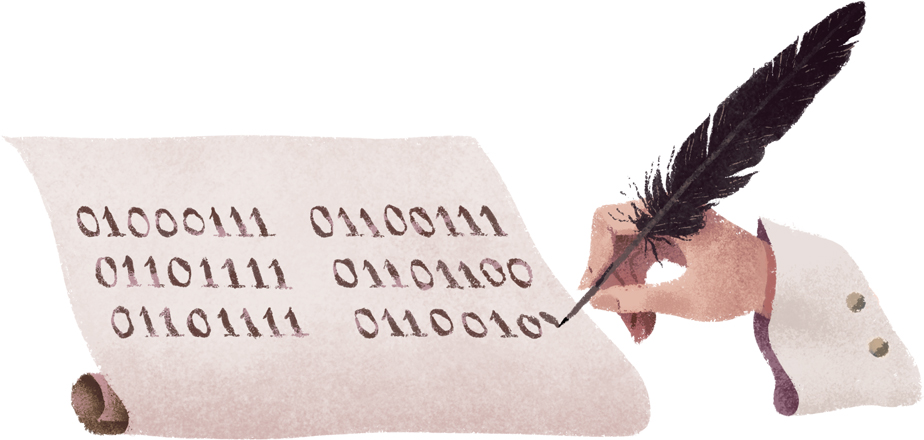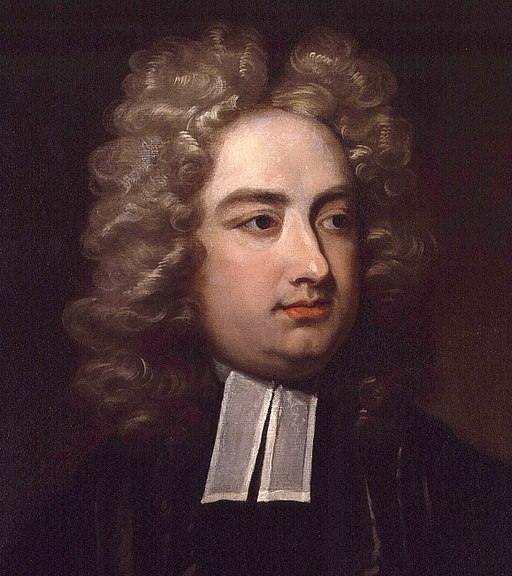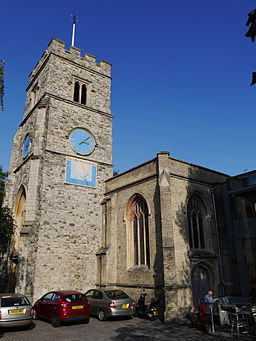Today marks World Philosophy Day, an event that is celebrated annually on the third Thursday in November (for some reason!). In 2019, by happy coincidence, the event coincides with the birth, in 1694, of François-Marie Arouet, known to the world by his non de plume, Voltaire. The Irish-born, rationalist philosopher, John Toland (1670-1722) has been referred to as the Irish Voltaire.
 |
| Nicolas de Largillière [Public domain], via Wikimedia Commons |
"In establishing World Philosophy Day, UNESCO strives to promote an international culture of philosophical debate that respects human dignity and diversity. The Day encourages academic exchange and highlights the contribution of philosophical knowledge in addressing global issues." – United Nations
Philosophy (from the Greek word phílosophía, meaning 'the love of wisdom') in this instance, is described as "the study of the nature of reality and existence, of what is possible to know, and of right and wrong behaviour. ... it aspires to get at the very meaning of life."
So, why does it merit its own day of observation and what exactly does that mean? Again, according to the UN:
"International days are occasions to educate the public on issues of concern, to mobilise political will and resources to address global problems and, to celebrate and reinforce achievements of humanity. The existence of international days predates the establishment of the United Nations, but the UN has embraced them as a powerful advocacy tool." – United Nations
In 2019, World Philosophy Day is being celebrated with the aim of highlighting "the importance of philosophy in different regional contexts. ... to obtain regional contributions to global debates on contemporary challenges that support social transformations. The purpose of this approach is to foster regional dynamics, stimulating global collaboration to address major challenges, such as migration, radicalisation, environmental change, or artificial intelligence."









